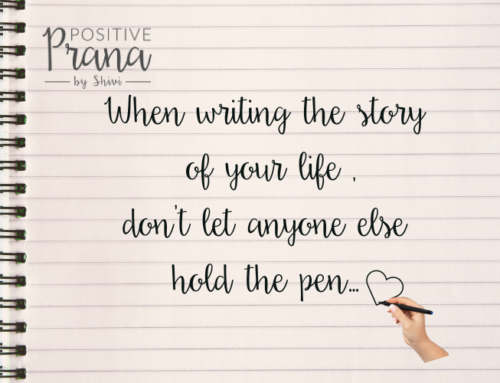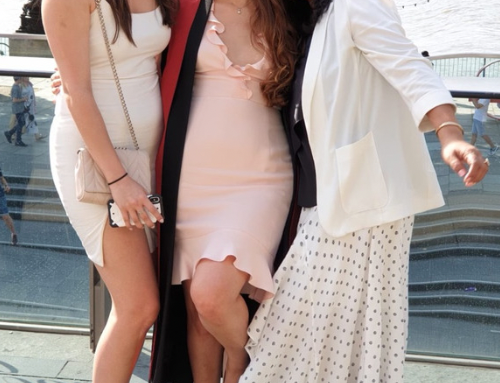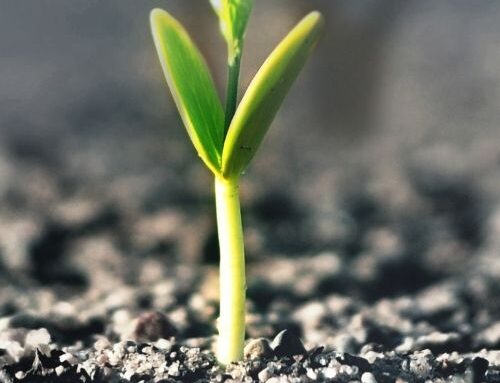Have you ever eaten an entire meal and then suddenly noticed all you have is an empty plate in front of you and you don’t remember actually eating it or what you have eaten..
Have you ever driven your car somewhere and arrived at your destination only to realise you remember nothing about your journey? Most of us have!
These are some common examples of ‘mindlessness’ – A state we also often refer to as being on ‘autopilot.’
When we slip into autopilot (and research shows that the average person is in autopilot 47% of the time (1)) our attention is absorbed in our wandering minds and we are not really ‘present’ in our own lives.
Autopilot is like being in a dreamlike state, we’re simply not fully ‘there’ at that moment. In this busy, hyper-connected world we live in it’s all too easy to lose ourselves in autopilot for much of the day….every day.
Living this way we often fail to notice the beauty of life, fail to hear what our bodies are telling us and we all too often become stuck in mechanical conditioned ways of thinking and living that may be harmful to ourselves or others.
On autopilot we tend to get lost in ‘doing’ so we find ourselves constantly striving and struggling and ‘getting stuff done’ instead of really living.
We also become vulnerable to anxiety, stress, depression and reactivity. Research shows, in fact, that the more our minds wander, the less happy we are (1).
What is Mindfulness?
Mindfulness is the opposite of mindlessness.
It means waking up out of autopilot and ‘taking the steering wheel’ of our attention again.
We practice mindfulness by maintaining a moment-by-moment awareness of our thoughts, feelings, bodily sensations and the surrounding environment.
Mindfulness also involves non-judgment, meaning that we pay attention to our thoughts and feelings with the attitude of an impartial witness — without believing them or taking them personally.
Jon Kabat Zinn defines mindfulness as:
“Paying attention on purpose, in the present moment, and
non-judgmentally.”
Firstly our attention is held…
- On Purpose
Mindfulness involves the conscious and deliberate direction of our attention.
When we’re on autopilot our attention is being swept up by a never-ending (and not always positive) current of thought processes but when we’re mindful we ‘wake up’ and step out of that current, placing attention where we choose.
Another way of saying ‘on purpose’ is consciously. We are living more consciously, more awake, more fully ourselves when we pay attention in this way.
Secondly, our attention is immersed…
- In The Present Moment
If we leave it to it’s own devices our mind habitually wanders away from the present moment. It constantly gets caught up in the replaying the past and the projecting into the future. In other words, we’re very rarely fully present in the moment.
Mindful attention, however, is completely engaged in the present moment experience – the here and now. We let go of the tension caused by wanting things to be different, the tension of constantly wanting more, and instead we accept the present moment as it is.
And third, our attention is held…
- Non Judgementally
When practicing mindfulness we’re not aiming to control or suppress or stop our thoughts.
We simply aim to pay attention to our experiences as they arise without judging or labelling them in any way.
Mindfulness then allows us to become the watcher of sense perceptions, thoughts and emotions as they arise without getting caught up in them and being swept away in their current.
Becoming the watcher in this way, we’re less likely to mechanically play out old habitual ways of thinking and living. It opens up a new freedom and choice in our lives.
Practicing Mindfulness:
There are two forms of mindfulness practice. The first is the formal practice of mindfulness, which is commonly referred to as meditation.
Meditation practice is commonly done sitting, usually with eyes closed, but can also be done lying down or even walking. some meditation practices also involve mantra (sound) or movement.
The informal practice is the rest of your life! You see, anything we do in daily life with full awareness can be said to be mindfulness practice.
You can do the dishes mindfully, wait at the traffic lights or go for your morning walk mindfully. Any routine activity can be made into a mindfulness practise when you bring your full attention to it.
Practice Walking Meditation:
Walking meditation is a simple and universal practise for developing embodied awareness. Often when walking we mentally ‘check out’ and fall into autopilot mode but this ten-minute meditation will guide you to stay grounded in mindfulness instead. Mindful walking develops feelings of calm and connectedness as well as an appreciation of the world around us.
The great thing about walking meditation is that it makes use of something you already do, so it doesn’t require any extra time out of your day.
This audio below will guide you through a walking meditation practice. You can do it no matter where you are, even in a busy, crowded or noisy place.
You don’t have to walk in any special way. It’s not about the way you walk, but rather where your attention is as you walk.
Before you begin your meditation, find a space to walk. It could be outdoors, or inside perhaps in a hallway, or a room, where you can do this practice by walking back and forth.
This meditation could be done as a formal practice (formal meaning you take time out of your day specifically for this meditation, the way you might do sitting meditation). Or it can be informal, bringing mindfulness to your walking as you travel from one place to another.
Try these 6 Simple steps
- If you have the time and opportunity, take a pause before you begin and gather your awareness into your body. Feel the sensation of your feet in contact with the ground. Take one deep slow mindful breath – in and out.
- Keeping your eyes open, begin walking at a natural pace, or if possible just slightly slower than your normal pace. With each step, pay attention to the sensations on the soles of the feet as each foot touches the ground. It doesn’t matter whether you are wearing shoes or not. Just keep noticing the feelings and sensations in the feet as each foot meets the ground. Notice the changes in pressure, texture and sensation, one foot after the other. You’ll need to obviously keep enough awareness of the world around you, so you’re aware of where you’re going and staying safe, but the main focus of attention is feeling the soles of the feet. If you’re in a small space you can practice by walking ten paces or so, or walking the length of a room, and then turning around.
- When the mind wanders away from feeling the sensations in the feet, gently guide the focus back to the feet. There is no need for any frustration or irritation if the mind wanders. It’s the same for everyone. Simply bring the focus back as many times as you need.
- Now as you continue walking naturally, expand your attention to vision. Bring your full attention to what you can see. Taking in the various colours, the shapes, the movements, the play of light and shadow. Aiming to put aside any mental commentary, labelling or judging about what you see, and instead just being present with what is here to be seen. Again if your mind wanders, guide it back to being fully present to what you can see.
- Now for a few minutes, expand your attention to sounds. Whether you’re indoors, in the woods, or in a city, pay attention to sounds. Notice sounds as nothing more or less than sound, without getting caught up in whether you find them pleasant or unpleasant.
- In the final moments of the meditation bring the focus back to awareness of the physical sensations on the soles of the feet. No matter where you’re mind wandered to in the practice, just notice the feet again touching the ground.
When you’re ready to end your walking meditation, pause once again and take one deep slow mindful breath, in and out. Proceed with the rest of your day with an intention to take this mindful awareness with you.










Leave A Comment